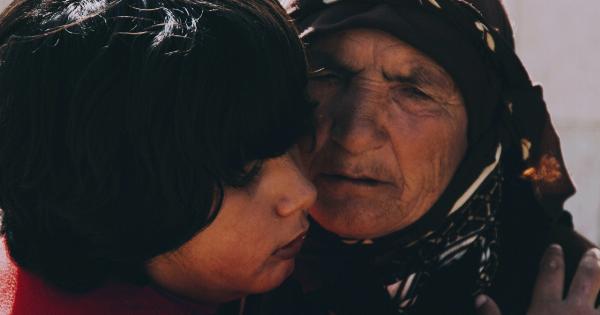Depression is a mental health condition that affects millions of children and adolescents around the world. It can be a debilitating illness, leading to feelings of sadness, despair, and hopelessness.
In this article, we’ll explore some of the risk factors for depression in children and adolescents, as well as some of the signs and symptoms that parents, caregivers, and educators should be aware of.
Risk Factors for Depression in Children and Adolescents
There are several risk factors that can increase the likelihood that a child or adolescent will develop depression. These include:.
Genetics
Children and adolescents with a family history of depression are more likely to experience the condition themselves. This suggests that there is a genetic component to depression.
Environmental Factors
Children and adolescents who experience stressful life events, such as the death of a loved one, divorce, or abuse, are more likely to develop depression. Traumatic events can trigger depression in susceptible individuals.
Brain Chemistry
Depression is thought to be caused by an imbalance of certain chemicals in the brain, such as serotonin and dopamine. Children and adolescents who have lower levels of these chemicals may be more susceptible to depression.
Illness or Chronic Pain
Chronically ill children and adolescents, or those who experience chronic pain, may be more likely to develop depression. This is likely due to the stress and discomfort associated with these conditions.
Signs and Symptoms of Depression in Children and Adolescents
Depression can be difficult to identify in children and adolescents, as their symptoms may be different from those of adults. Some common signs and symptoms of depression in children and adolescents include:.
Sadness or Irritability
Children and adolescents with depression may appear sad or irritable much of the time. They may cry easily, or feel overwhelmed by even small events.
Social Withdrawal
Children and adolescents with depression may withdraw from friends and family, preferring to spend time alone. They may lose interest in activities they once enjoyed, and their grades may suffer.
Changes in Appetite or Sleep
Children and adolescents with depression may experience changes in appetite or sleep patterns. They may eat significantly more or less than usual, or have trouble falling or staying asleep.
Physical Symptoms
Children and adolescents with depression may complain of physical symptoms, such as headaches or stomachaches. These symptoms may not respond to treatment and can persist for weeks or months at a time.
Treating Depression in Children and Adolescents
Depression in children and adolescents can be treated with a combination of therapy and medication. The specific treatment approach used will depend on the severity of the depression and the individual needs of the child or adolescent.
Some common treatments for depression in children and adolescents include:.
Cognitive Behavioral Therapy (CBT)
CBT is a form of therapy that involves identifying and changing negative thought patterns and behaviors. It can be especially effective for children and adolescents with depression.
Medication
Antidepressant medications may be used to treat depression in some children and adolescents, though they are generally not recommended as a first-line treatment approach. These medications must be carefully monitored for potential side effects.
Family Therapy
Family therapy can be helpful in treating depression in children and adolescents, as it involves working with the entire family system to identify and address underlying issues that may be contributing to the depression.
Conclusion
Depression can be a serious and debilitating condition for children and adolescents.
Identifying the risk factors and signs and symptoms of depression can help parents, caregivers, and educators seek out appropriate treatment to help manage the condition. With the right interventions, children and adolescents with depression can lead happy, fulfilling lives.






























